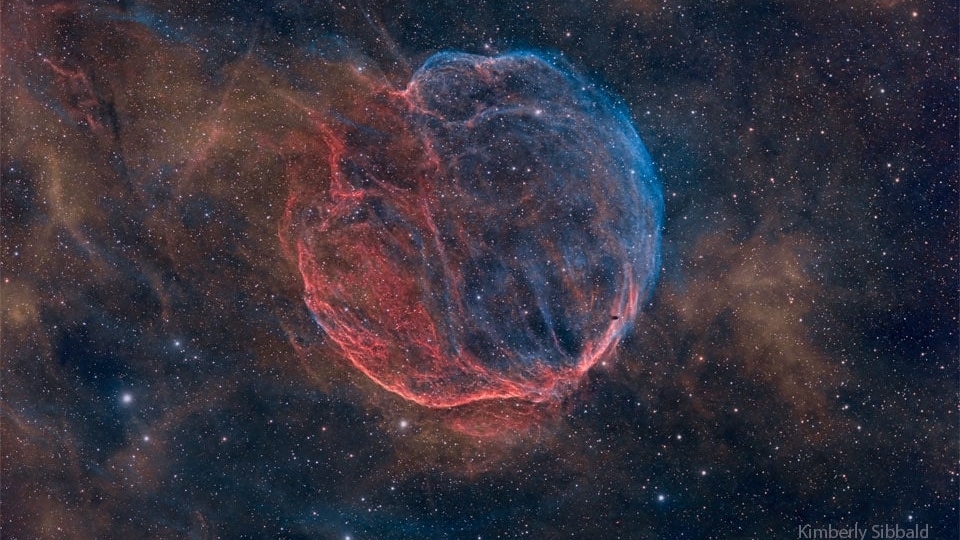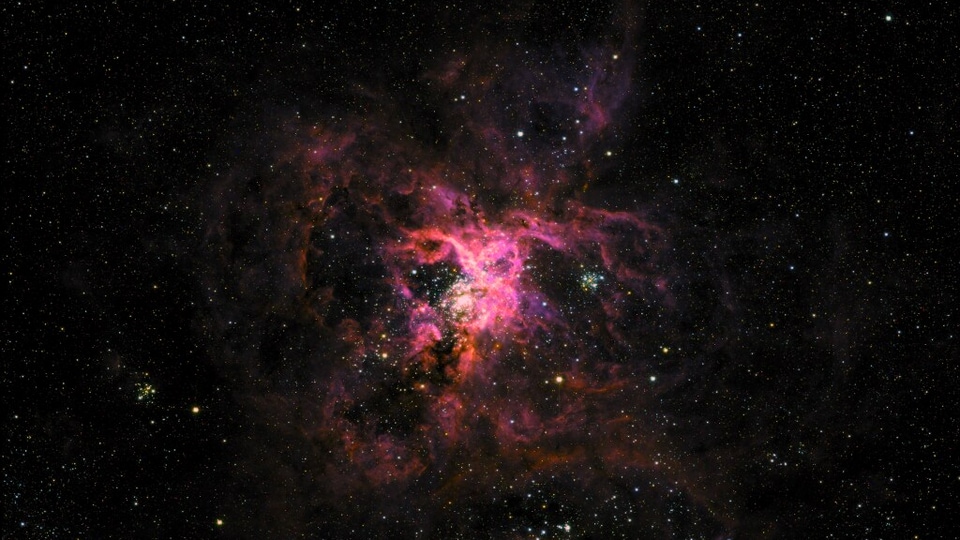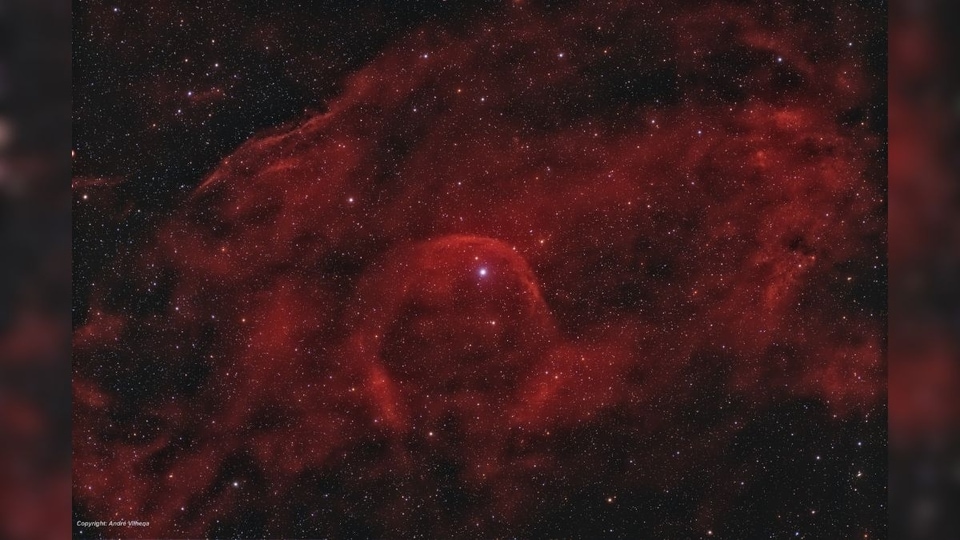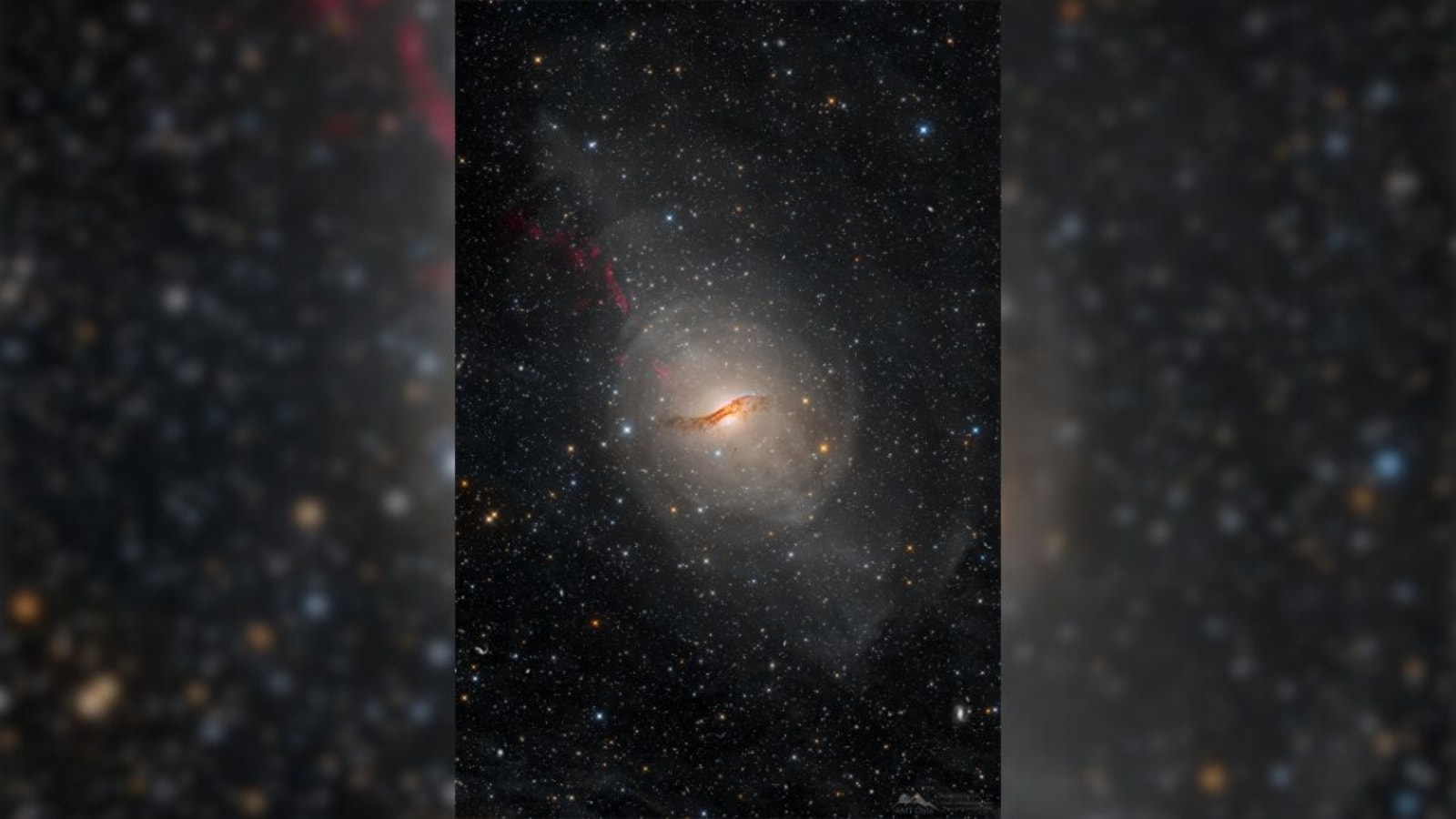NASA Astronomy Picture of the Day 3 May 2023: The stunning Centaurus A Galaxy
Today’s NASA Astronomy Picture of the Day is the elliptical galaxy NGC 5128, also known as Centaurus A, which is the closest active galaxy to Earth.






 View all Images
View all ImagesStars, which illuminate the darkness of space, are formed in a giant cloud of dust and gas in space, known as a Nebula. The age, distribution, and composition of the stars in a galaxy trace the history, dynamics, and evolution of that galaxy. According to NASA, galaxies exist in huge groups which are closely connected by gravity. Most galaxies exist in groups or clusters with dozens or hundreds of members, and these cluster galaxies are all in constant motion, pulled and twisted by their neighbour's gravity.
Today's NASA Astronomy Picture of the Day is the elliptical galaxy NGC 5128, also known as Centaurus A. This peculiar galaxy is located about 11 million light-years away towards the constellation of Centaurus and spans about 60,000 light-years across. According to NASA, Centaurus A is the closest active galaxy to Earth and is the result of the collision of two galaxies which caused star clusters and dark dust lanes to jumble up. It was discovered by Scottish astronomer James Dunlop in 1826 at Parramatta, in New South Wales, Australia.
The picture was captured by astrophotographers Marco Lorenzi, Angus Lau & Tommy Tse.
Description of the picture
Galaxies are fascinating. In galaxies, gravity alone holds together massive collections of stars, dust, interstellar gas, stellar remnants and dark matter. Pictured is NGC 5128, better known as Centaurus A. Cen A is the fifth brightest galaxy on the sky and is located at a distance of about 12 million light years from Earth. The warped shape of Cen A is the result of a merger between an elliptical and a spiral galaxy. Its active galactic nucleus harbors a supermassive black hole that is about 55 million times more massive than our Sun.
This central black hole ejects a fast jet visible in both radio and X-ray light. Filaments of the jet are visible in red in the upper left. New observations by the Event Horizon Telescope have revealed a brightening of the jet only towards its edges -- but for reasons that are currently unknown and an active topic of research.
Catch all the Latest Tech News, Mobile News, Laptop News, Gaming news, Wearables News , How To News, also keep up with us on Whatsapp channel,Twitter, Facebook, Google News, and Instagram. For our latest videos, subscribe to our YouTube channel.


































